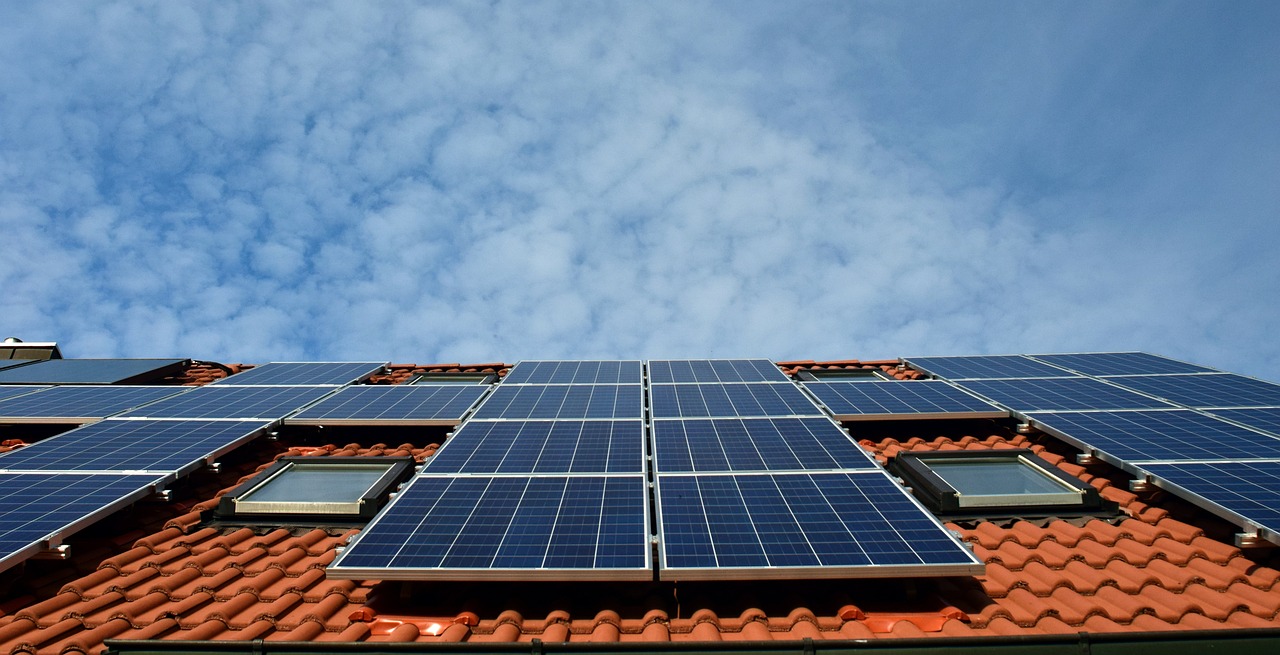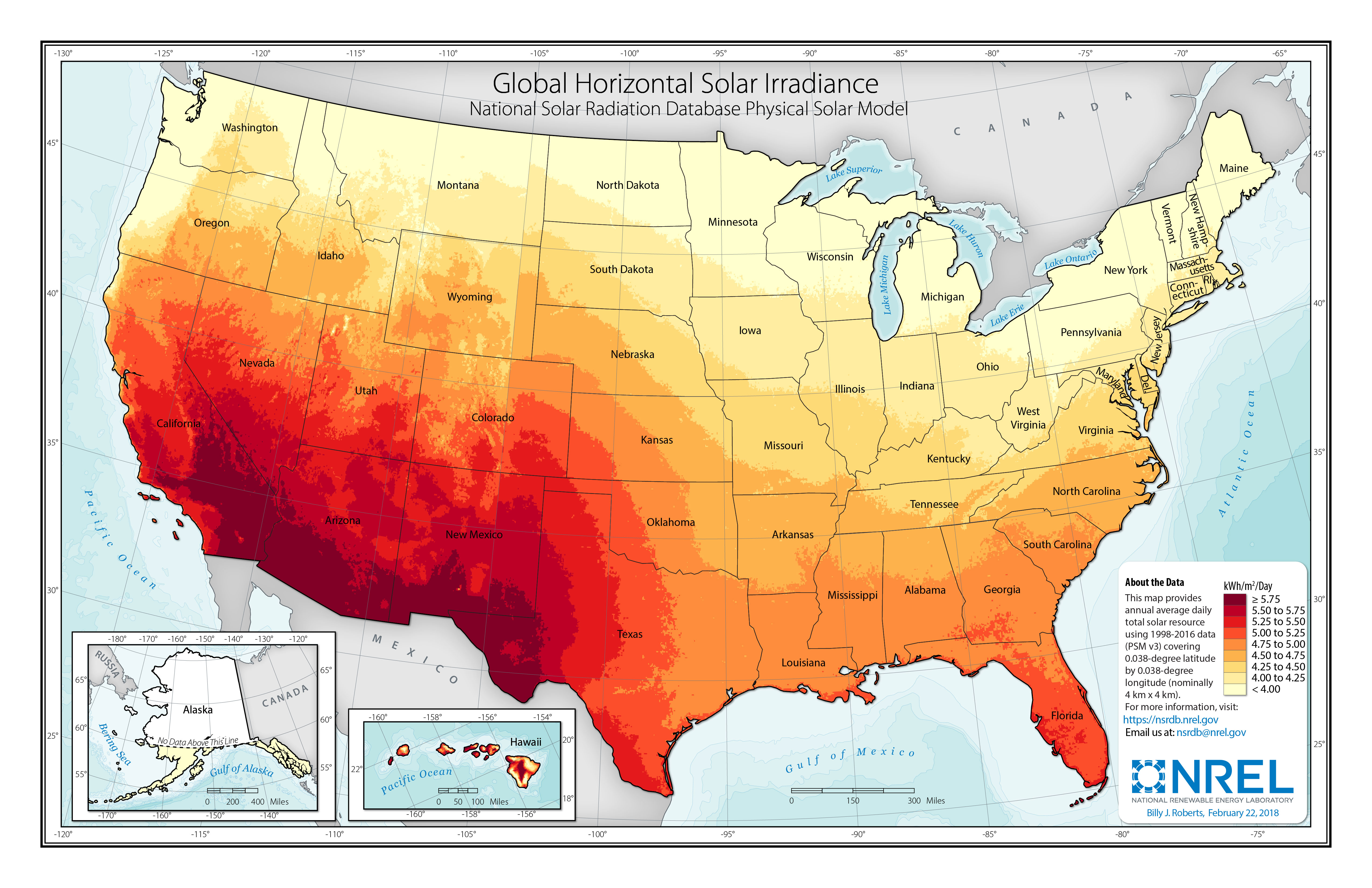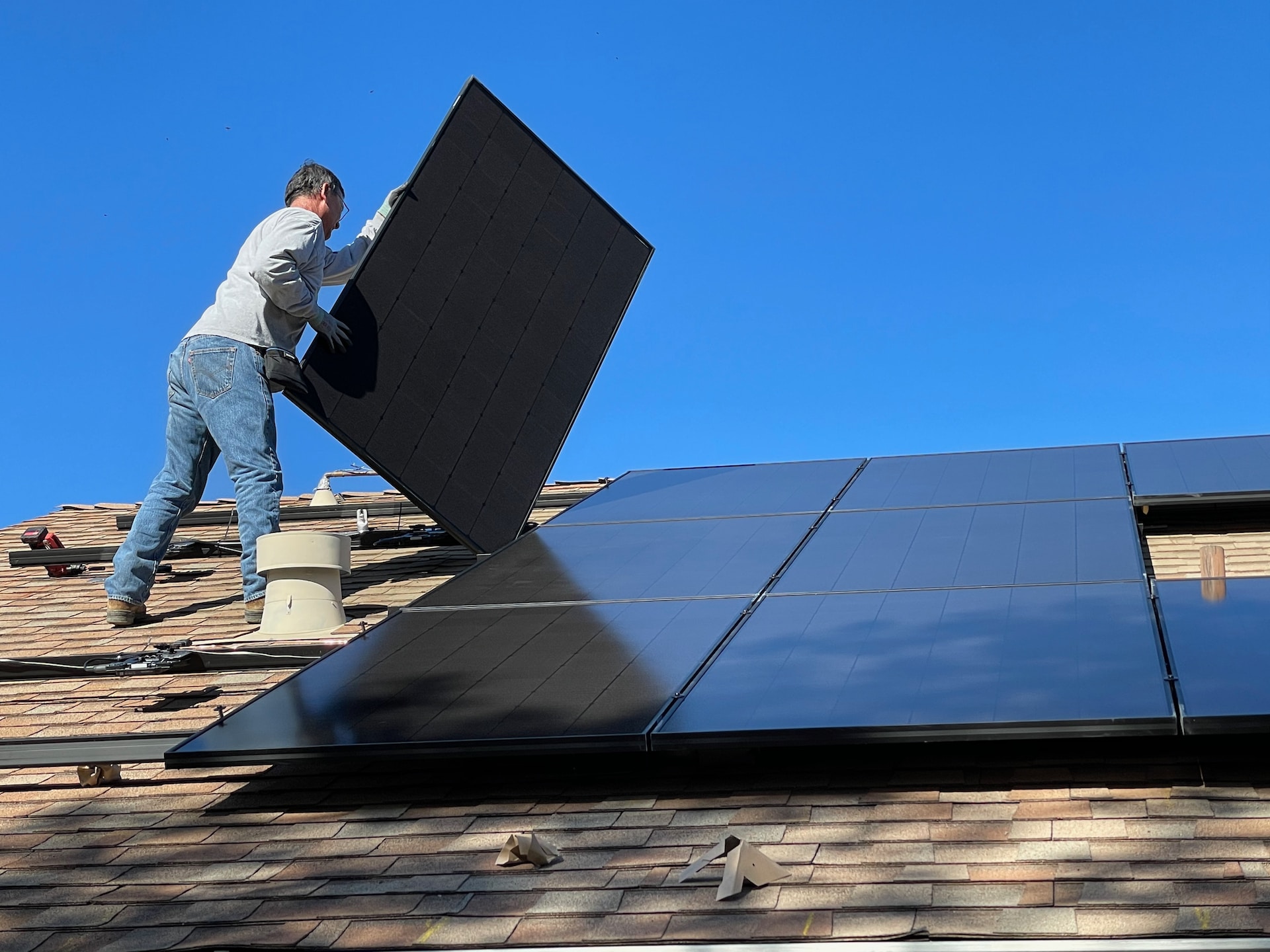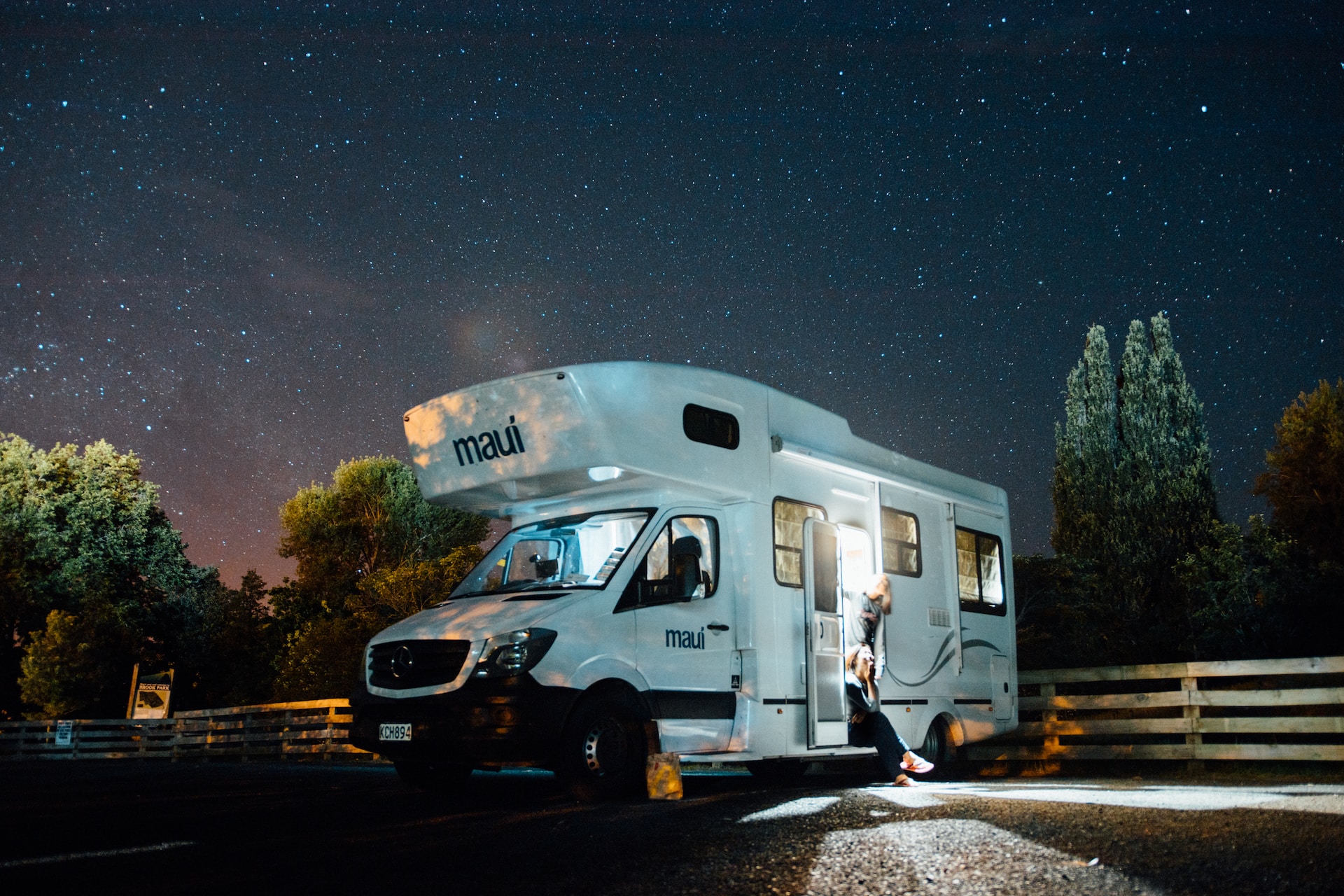
Buyer Guides
How Many Solar Panels Do I Need?
Optivolt
May 22, 2023
9 min read
One of the first parts of planning any solar power system is determining the number of solar panels that the setup will need. This can seem like a daunting task to most people, but luckily, you probably have all of the necessary information to calculate the number of panels you need.
The number of solar panels will differ wildly depending on how the system will be used. Are you installing an off-grid residential system, a grid-tied setup, or an RV solar system? Let's explore the calculations needed to determine how many panels each of these systems will need.
Considerations for All Solar Power Systems
Residential arrays and RV solar systems both require similar calculations to determine the number of solar panels needed. In either case, you will need to consider these factors:
Energy Consumption
What is your current energy consumption? Check your past utility bills for an exact answer to this question provided in kWh. Use your highest month of usage as a benchmark to determine the minimum number of panels you will need. For reference, the average U.S. household consumed 886 kWh per month in 2021.
If you plan to reduce your energy usage in order to go fully off-grid, take this into consideration as well. What appliances and energy-consuming habits will you cut out, and how will that affect your monthly electricity usage?
Climate and Sun Hours
Every region provides differing amounts of sun hours, cloudy days, and other environmental factors that affect the amount of energy your panels can produce. Most of the U.S. receives at least 2 peak sun hours per day in the winter months, so we will use this figure in our calculations.
Some parts of the Southwest may receive around 6 peak sun hours per day in the summer, which is 50% more than northern states. This extreme variability is why there is no one-size-fits-all answer for how many solar panels you need — every homeowner has to calculate that for themselves.

Solar Panel Efficiency
The efficiency of your panels determines the amount of energy that each module can produce. Even with the same total surface area, an efficient array can produce much more power than lower-quality, low-efficiency panels. Modern panels from reputable brands will have efficiency ratings of 20% or higher.
Solar Panel Dimensions
The size of the solar panels is sometimes a limiting factor for solar arrays. The average residential solar panel measures 65 inches × 39 inches, or about 17.5 ft². This surface area can add up quickly for homes with limited roof space. Plus, even if a home has adequate roof area, it may not all be facing the best direction for solar panels.
Smaller homes may consume more energy than a rooftop solar array can provide. If this is your situation, you may need to instead ask yourself: How many solar panels can I fit on my roof?
Residential
The energy needs of a traditional home are much more than that of an RV or camper van. Let's take a look at how many solar panels the average American family would need to power their home.

How Many Solar Panels to Power a House?
As mentioned above, the average American home consumed 886 kWh of electricity per month in 2021. We will use this in our calculations, but your exact energy usage may be different.
We can approach this question by first finding the total wattage of an array needed to produce 886 kWh per month. If we assume 60 hours of peak sun in the winter months (2 hours per day), we can determine that every 1 kW of panel wattage will produce at least 60 kWh per month:
Energy Production = Array Wattage × Sun Hours
Energy Production = 1 kW Array × 60 Sun Hours = 60 kWh
Now we can calculate the total wattage of the array:
886 kWh ÷ 60 kWh = 14.77 kW needed for the array
Most residential solar panels are rated at 400 watts, so let's use that number to determine how many solar panels we need to fulfill an array of 14.77 kW (14,770 watts):
14,770 watts ÷ 400 watts per panel = 37 panels
So, the average American home would need a total of 37 panels to produce 886 kWh of electricity in the months with the least amount of sunlight. Homes that receive more sun hours can get away with less panels, and those that use more energy will require a larger array.
Other Considerations
You've determined that you need 37 solar panels to supply your home with power. But will all of those panels fit on your roof? And do you need to be fully energy independent, or will you still be connected to the electricity grid?
Roof Size
The calculations are simple to determine the total surface area of a solar array. Each 400W panel will take up about 17.5 ft². So, we can calculate the total area of 37 panels like this:
17.5 ft² per panel × 37 panels = 647.5 ft² total surface area
Now you can check your roof to ensure that you have enough area to accommodate an array of this size. Preferably, most of the roof will be facing south (if you're in the Northern Hemisphere) to ensure optimal energy production. If you have an east or west-facing roof, you may need more panels to account for lower energy production.
Grid-Tied vs. Off-Grid
Energy needs are different between grid-tied and off-grid homes. A home that is completely off the grid will be much more dependent on their solar power system. Alternatively, a grid-tied home can always pay the utility company for extra power.
This means that a grid-tied home could install a smaller array if the budget, roof space, or other factors prevent a full array from being installed.
If off-grid homes are running into similar issues, there are a few options:
- Use Less Energy: Using less electricity is the obvious way to accommodate a smaller solar array. Instead of using the AC unit, relax outside in the shade during the warm parts of the day. Replace your drying machine with a clothesline. Feel free to be creative wherever you can.
- Alternative Energy Sources: When possible, an off-grid home can use other energy sources to supplement its solar panels. For instance, propane or wood can provide heating or cooking power. Candles can replace lights.
- Optimize the Array: Most solar arrays are not completely optimized for maximum energy production. Low-quality solar panels and non-optimal orientation will reduce energy production. Make sure your panels are facing south at an approximately 40° tilt, and use shade-tolerant solar panels if partial shading is decreasing your energy output.
Financial Constraints
Even if you have the space for 37 panels, you may not have the budget to install that large of a system. Have no fear — you can receive a return on a solar investment of any size. Even if you install a few solar panels, you will still be saving money on your electricity bills each month.
RV Solar Systems and Camper Vans
RVs, camper vans, and tiny homes don't have the high power requirements of a full-sized home. So, you will need less solar panels to keep one of these mobile residences powered.

How Many Solar Panels Do I Need For My RV?
The number of solar panels needed for an RV will vary wildly depending on energy usage, location and sun hours, and solar panel model.
For our example, we will assume that an average full-size RV or tiny home consumes about 400 kWh per month (or 13 kWh per day). This is a little less than 50% of the average residential home energy consumption — mobile home dwellers typically have smaller families and less energy consumption than the national average.
Assuming 4 sun hours per day during summer traveling (and proper positioning of the RV), we can expect to receive at least 120 peak sun hours per month.
If the RV is positioned correctly and the panels are not shaded, we can estimate that every 1 kW of solar array will produce 120 kWh per month, based on the same calculation from above:
Energy Production = Array Wattage × Sun Hours
Energy Production = 1 kW Array × 120 Sun Hours = 120 kWh
So, in order to find the total wattage of the solar panel array, we can divide our expected monthly energy consumption (400 kWh) by the energy produced by a 1 kW array (120 kWh):
400 kWh ÷ (120 kWh per Array kW) = 3.33 kW Array Wattage
So, we need an array of at least 3.3 kW (3,300 watts) to keep up with 400 kWh of monthly energy usage. This means you will need either nine 400W panels or thirty-three 100W panels to power your RV. Most RVs don’t have the roof space to accommodate this, so many campers use solar power to offset their total energy usage. They may use shore power or a generator to supplement the rest of their electricity.
If shading from trees, structures, or cloud coverage will be an issue, choose shade-tolerant solar panels when adding solar to your RV. This will reduce the number of panels you need to achieve the same electricity generation as traditional solar modules.
Conclusion
Everyone's energy needs are different. In order to determine the exact number of solar panels you need, you will have to do your own planning and calculations. Not all homes and RVs can support the size and weight of a large solar panel array, and grid-tied homes will have different requirements than off-grid residences.
Optivolt is an innovative company working to produce resilient, sustainable energy solutions for all. Their shade-tolerant solar panels increase energy production in adverse conditions for RV, tiny home, and residential solar systems.
Related Questions
How Many Solar Panels Do I Need for 1,000 kWh per Month?
Each 400W residential solar panel can produce approximately 800 Wh per day, or around 24 kWh per 30-day month. If we divide the monthly energy usage of 1,000 kWh by the 24 kWh that one panel can produce, we find that 42 panels are needed to supply 1,000 kWh per month.
How Many Solar Panels to Run a Refrigerator?
The average refrigerator consumes around 3 to 4 kWh per day. If you have 400W residential solar panels, they may each produce around 800 Wh per day under optimal year-round conditions. So, you would need at least four 400W solar panels to run a refrigerator.
How Many Solar Panels Do I Need to Run My RV AC?
A mid-sized RV AC unit (10,000 BTU) runs at 1,000 watts. A unit of this size will consume 1 kWh per hour, or 3 kWh per day if running it for the hot part of an afternoon. A 100W solar panel can produce up to 400 Wh per day in optimal summer conditions, so you would need eight solar panels to keep up with the AC unit.
